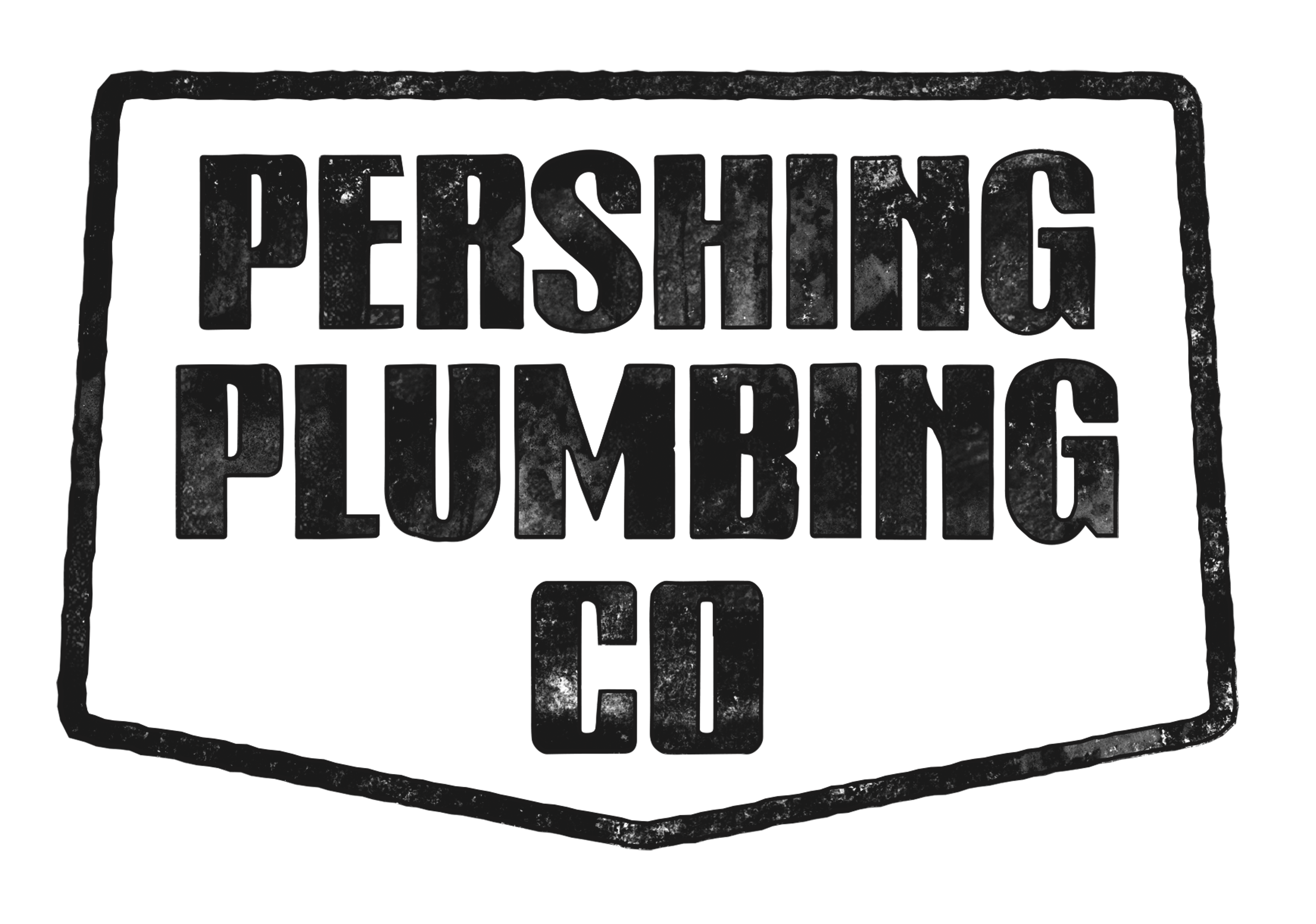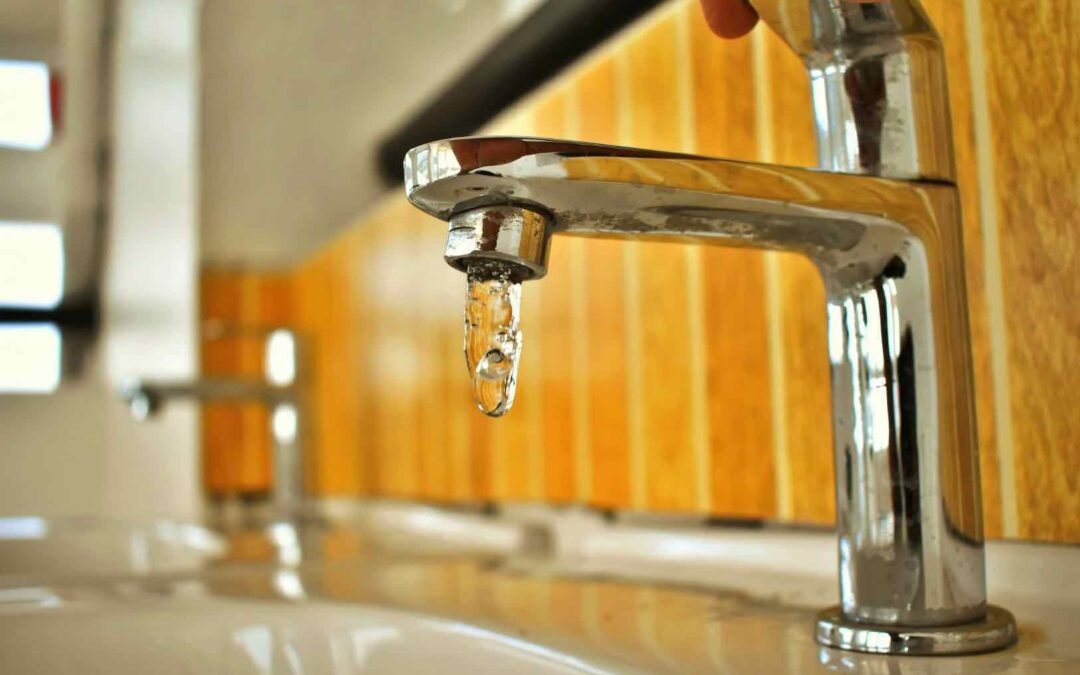Are you starting to notice calcium buildup around your shower head and faucet? Even if your bathroom appears clean, calcium buildup can look ugly and can be very difficult to remove.
Calcium buildup can often be seen as a result from hard water. It appears white and crusty, attaching to drains and faucets, then accumulating in appliances.
Good news! You don’t need to live in a calcium-covered bathroom. Keep reading to discover why calcium buildup is a problem, how to fix it and prevent it from returning.
Why does hard water cause calcium buildup on the faucet?
Calcium buildup is also known by its common name, limescale. This happens when calcium salts are mixed with water and move through your pipes to flow through your faucets and into your shower heads.
Water with high levels calcium salts or other minerals is known as hard water. High iron content can make hard water appear yellow or rusty, possibly staining your tub or sink.
How to Get Rid of Calcium buildup in Faucets
With a few household items, it is possible to remove calcium from faucets Here’s what you need:
- White vinegar
- Soft rag strips, or paper towels
- Rubber bands
- Textured cloth, sponge
After gathering your cleaning supplies, you can begin to remove calcium buildup by soaking the paper towels or rag strips with vinegar. Next, wrap the vinegar-soaked material over the affected areas and secure with rubber bands. Allow the areas to soak for one hour.
Next, remove the rags. Use the sponge or wet towel to wipe off any residue. The vinegar soak will soften the sponge. This will be easier if you use a kitchen sponge’s rough side. Dry the area with a clean towel once the buildup is gone.
How to Prevent Calcium buildup on Faucets
Avoiding calcium buildup can save you the headache of cleaning away limescale on a daily basis. Installing a water-softening system is the best solution. Water softeners are used to remove minerals from water supplies.

